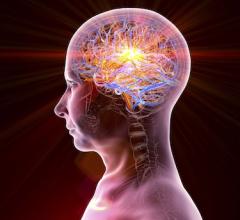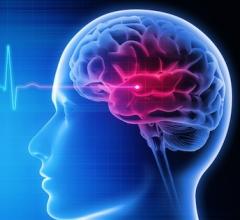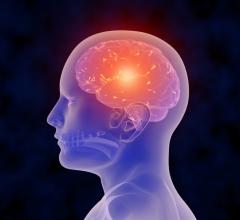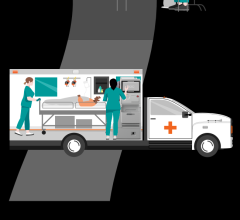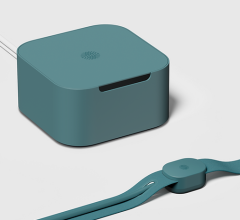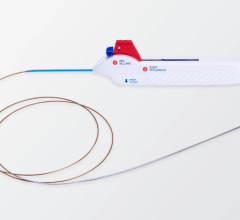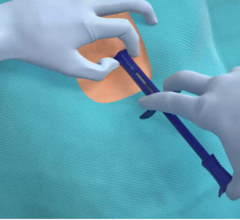Nov. 8, 2025 — Sanjay Rajagopalan, MD, MBA, Chief of Cardiovascular Medicine at University Hospitals Harrington Heart & Vascular Institute and Director of the Case Cardiovascular Research Institute at ...
Stroke
This channel includes news and new technology innovations for stroke. It includes both diagnosis and treatment of stroke, stroke imaging, pharmaceuticals and interventional stroke technologies. Stroke comes in two forms, which have different therapies.
1. Ischemic stoke is a blockage of an artery in the brain, preventing blood flow and is offen referred to as a "brain attack" because it is a similar casue as a heart attack. This type of stroke is often treated with anti-coagulants, including use of tissue plasminogen activator (tPA). Interventional mechanical thrombectomy can also be used to remove the clot.
2. Hemorrhagic stroke is caused when there is bleeding due to a ruptured blood vessel in the brain caused by a brain aneurysm burst or a weakened blood vessels. These strokes are less common, but exact diagnosis is important, because use of tPA in these patients can have catastrophic consequences. Treatments include interventional embolization and surgical clipping of target vessels.
Dec. 3, 2025 — Recross Cardio Inc., a structural heart company developing next-generation membrane sealing technology ...
Dec. 2, 2025 — Brainomix, a provider of AI-powered imaging tools in stroke and lung fibrosis, has announced the ...
Nov. 8, 2025 — Sanjay Rajagopalan, MD, MBA, Chief of Cardiovascular Medicine at University Hospitals Harrington Heart & ...
Nov. 10, 2025 — Sentante, a med-tech robotics company, has successfully demonstrated a first-of-a-kind remote stroke ...
Oct. 22, 2025 — Basking Biosciences, a clinical-stage biopharmaceutical company developing the first reversible ...
Oct. 21, 2025 — At the seventeenth edition of the World Stroke Congress in Barcelona, Siemens Healthineers will present ...
Sept. 17, 2025 — Imperative Care recently announced positive efficacy and safety results from the pivotal Symphony-PE ...
Aug. 28, 2025 — A new global systematic literature review and meta-analysis has shown that herpes zoster vaccination ...
Aug. 19, 2025 — Openwater, an open-source medical technology company delivering portable, hospital-grade diagnostic and ...
Aug. 19, 2025 — In a move to advance stroke care and accelerate critical decision-making, Tift Regional Medical Center ...
July 9, 2025 — InspireMD, Inc., developer of the CGuard Prime carotid stent system for the prevention of stroke ...
Every second counts when someone is having a stroke and immediate care can mean the difference between life and death ...
June 25, 2025 — Royal Philips and Methodist Hospitals recently announced the healthcare provider’s strategic investment ...
May 28, 2025 — Siemens Healthineers has introduced the first mobile stroke unit (MSU) featuring the Somatom On.site head ...
May 21, 2025 — RapidAI recently announced new study findings that show RapidAI’s clinically deep algorithms deliver ...


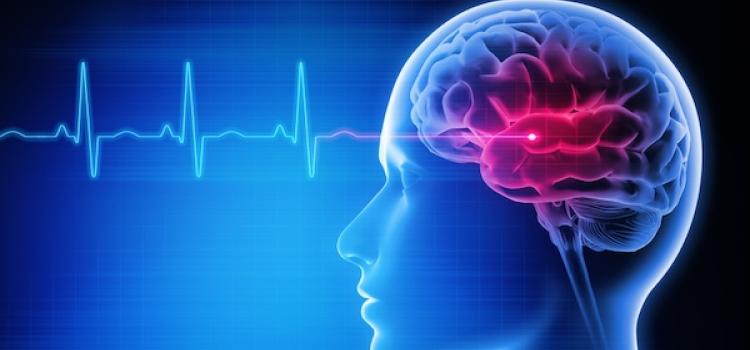
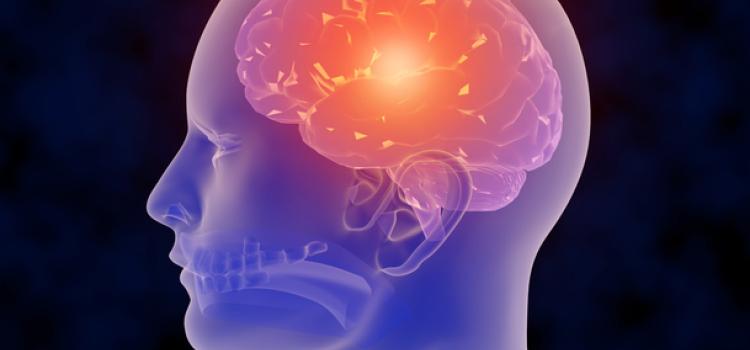
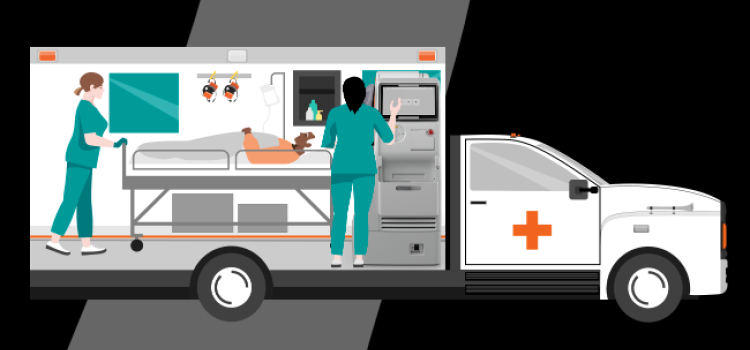
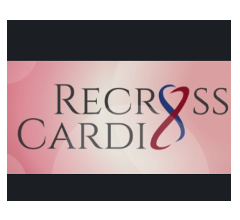
 December 04, 2025
December 04, 2025
